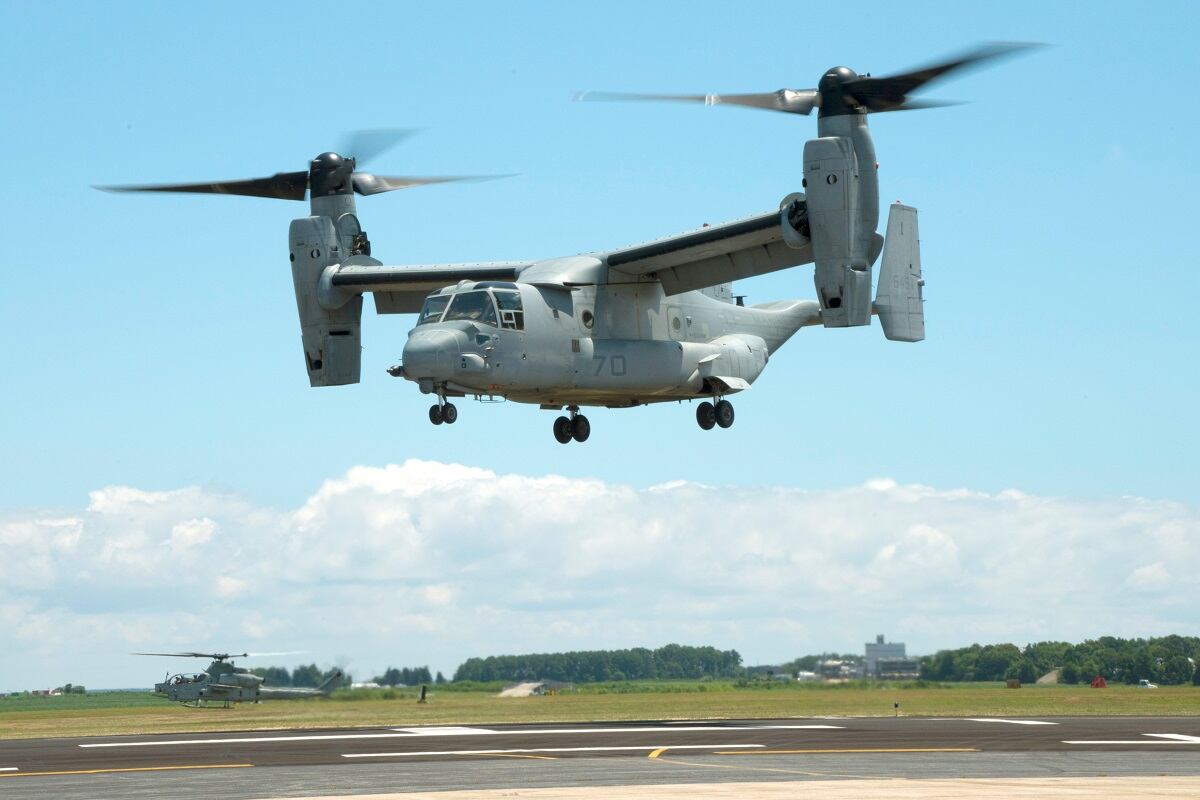WASHINGTON ― A U.S. Marine Corps pilot has successfully flown an F-35B Lightning II with a 3-D printed part. The Marine Fighter Attack Squadron 121 used 3-D printing to replace a worn bumper on the landing gear of the fighter jet.
Marine Corps Sgt Adrian Willis, deployed with Combat Logistic Battalion 31, 31st Marine Expedition Unit, used the 3-D printer as part of a process otherwise known as additive manufacturing. Without a 3-D printing capability, the entire door assembly would have needed to be replaced, a more expensive and more time-consuming repair. Rather than waiting weeks for a replacement the bumper was printed, approved and installed within a few days.
The repair demonstrates the value that additive manufacturing technology brings to forward-deployed units. “I think 3-D printing is definitely the future ― it’s absolutely the direction the Marine Corps needs to be going,” Willis said.
RELATED

“As a commander, my most important commodity is time,” according to Marine Corps Lt. Col. Richard Rusnok, the squadron’s commanding officer. “Although our supply personnel and logisticians do an outstanding job getting us parts, being able to rapidly make our own parts is a huge advantage.”
Building off the achievement with the F-35 part, the MEU’s explosive ordnance disposal team requested a modification part to function as a lens cap for a camera on an iRobot 310 small unmanned ground vehicle. Such a part did not exist at the time, but Willis and the 3-D printing team designed and produced the part, which is currently operational and protecting the robot’s lens.
Daniel Cebul is an editorial fellow and general assignments writer for Defense News, C4ISRNET, Fifth Domain and Federal Times.








